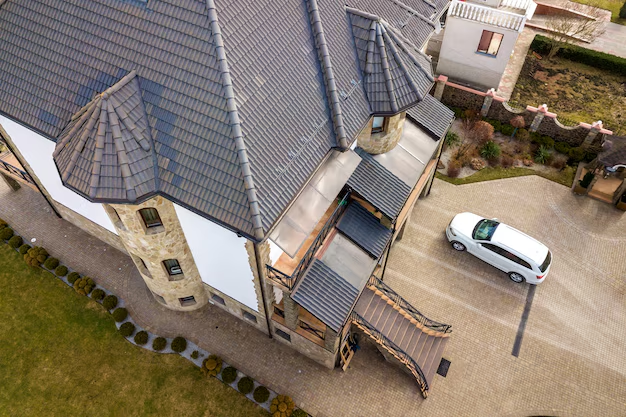Understanding Fortified Roofs: What You Need to Know
Have you ever considered how much protection your roof provides against severe weather conditions? A fortified roof is designed to offer enhanced durability and protection against natural disasters such as hurricanes, tornadoes, and hailstorms. By reinforcing traditional roofing methods with advanced materials and techniques, a fortified roof is a smart investment in safeguarding your home and reducing long-term repair costs.
What Makes a Roof Fortified?
At its core, a fortified roof incorporates design and material enhancements that significantly improve its resistance to weather-related damage. Here are key features of a fortified roof:
- Stronger Materials: Fortified roofs frequently use impact-resistant shingles and reinforced connectors to minimize damage from flying debris and high winds.
- Better Sealing Methods: Improved underlayments and sealing techniques help prevent water intrusion, maintaining the structure beneath.
- Enhanced Attachments: More robust fasteners and clips secure the roof to the underlying structures, reducing the risk of the roof blowing off during strong wind events.
These elements are often part of a comprehensive system supported by standards set by organizations such as the Insurance Institute for Business & Home Safety (IBHS) FORTIFIED program, which guides homeowners in adopting resilience measures.
Benefits Beyond Protection
While the primary goal of a fortified roof is protection, it comes with additional advantages:
- Insurance Savings: Many insurance companies offer policy discounts for homes with fortified roofs, recognizing their reduced risk profile.
- Increased Home Value: Prospective buyers often value homes with enhanced resilience, potentially boosting resale value.
- Peace of Mind: Knowing your roof is built to withstand harsh conditions provides significant comfort for homeowners.
Investing in a fortified roof can be expensive upfront, but the long-term savings and benefits often outweigh initial costs. Understanding your financial support options can make upgrading more feasible.
Exploring Financial and Educational Support
Building or maintaining a fortified roof can be financially challenging, but several resources are available to assist:
- Government Aid Programs: Various federal and state initiatives offer financial assistance for home fortification projects. Look into programs like FEMA’s Hazard Mitigation Assistance.
- Insurance Discounts: Check with your insurance provider to see if you qualify for reduced premiums by upgrading to a fortified roof.
- Educational Grants and Workshops: Some local organizations and educational institutions offer free workshops or grants to educate homeowners on fortified building practices.
- Credit Solutions: Consider secure, low-interest credit options that support home improvement projects, which can ease the burden of upfront costs.
Whether you’re upgrading your existing roof or building new, taking advantage of these resources can help protect your home affordably.
Resources at a Glance
Here’s a look at potential support options to ease the transition to a fortified roof:
- 🏠 FEMA’s Hazard Mitigation Assistance: Supports disaster preparedness with financial backing.
- 💸 Insurance Discounts: Reduced premiums for fortified properties.
- 📚 Homeowner Education Workshops: Free educational resources on fortified roofing practices.
- 🏦 Low-Interest Credit Options: Secure funding specifically structured for home improvements.
Investing in a fortified roof not only protects your home but also opens doors to various commercial support systems aimed at enhancing homeowner resilience. By exploring these options, you can make informed decisions to shield your home from the unexpected, securing both your property and peace of mind.
